So far, we have been in Japan for about 4.5 months, which is hard to believe! Since COVID is not as crazy here we have been lucky enough to travel a little bit and get to know the culture. We heard that Japan would be a heavenly, magical place before we arrived. Like anything else you will find a lot of things to dislike about a location; Japan is no different from that regard. Everyone tells us that it takes about 6 months to start feeling comfortable in Japan and really start liking it. In the beginning I think we struggled to adapt to a completely new way of doing so many things.
We have found some tricks around the most frustrating pieces and even learned a Japanese word or two (not much more than that) to help us out and not be completely inept. We wanted to come up with a list of Likes and Dislikes so far about our Japan adventure and give you a taste for what we have encountered. It might also be fun to look back at after our three years here and laugh at what we did not like because we were just not used to it yet. Overall, I’d say that vacationing in Japan is awesome, while daily life in Japan is frustrating.
Likes
- Friendly people: The stereotype of Japanese people being extremely friendly holds true. They are quiet, polite, respectful and overall, very welcoming to us Gaijins (non-Japanese). So far, we have had dinner bought for us after striking up conversation despite a complete language barrier. We also learned about leopard underwear and prostitutes in Hawaii (we think). We have also received assistance in everything we do when we look lost or confused. We often order the “chefs’ choice” or grunt at a menu item and if it is not served at that time of the day, they make it for us anyway. We are certainly outsiders to the culture and will never be “Japanese”, but we never feel unwelcomed nor any racism. Randi also gets told that she is beautiful by all the women and that she should be a model….so I think that helps.
- Mask wearing: Why can we travel on the subway, eat out at restaurants, and go skiing on the weekends? Why isn’t COVID terrorizing the population like the U.S.? The answer is masks. The Japanese are by nature rule-followers (see dislikes) but in a global pandemic it is the greatest asset to have in a society. Men and women wear masks even when outside when walking alone. They wear masks alone in their car. They even wear masks sweeping up leaves in their driveway for no apparent reason at all. They probably even sleep in a mask. This has greatly aided in the spread of COVID and you do not even see children improperly wearing masks. Tell all your friends, masks work!
- Train system: If there is one modern thing that the Japanese excel at it is their train system. Between the local trains and the long-haul and high-speed shinkansen trains you can get anywhere in Japan quickly. High-speed rail is not cheap, but it is certainly comfortable and extremely smooth. The local trains are equally as clean, and we are within walking distance to two separate train lines which can conveniently get us to downtown Tokyo.
- Cars: Generally tiny cars and cubes would be a dislike, but you must love Japan’s classic car commitment. You will see Nissan Skylines, Silvias and Toyota Supras until your heart is content. They also have supped up minivans with rims on them taken straight from Transformers. Most of the cars are small to fit into small parking spaces and must be backed in to ensure an ease of exit, but mixed in with this boring car culture is some seriously unique gems. Driving on the opposite side of the road and in the car is weird at first but it is easy to get the hang of it (unless you’re Randi, who still does not have the hang of it).
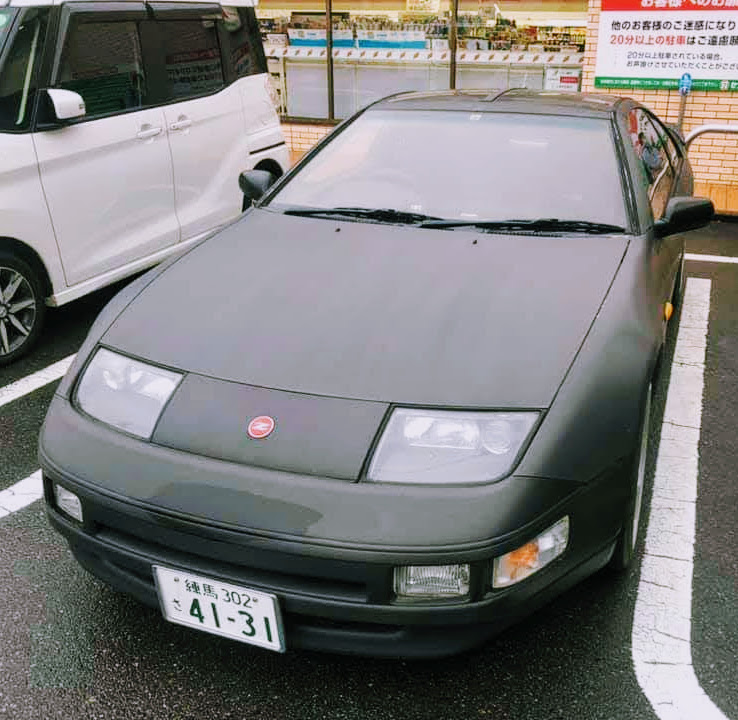
Shrine sales: A shrine sale is merely a yard sale at a Shinto Shrine on a weekend. Sure, you get your random junk, but you also visit a Japanese museum as a result of it. Sometimes you will find unique WW2 uniforms (German not Japanese), artwork, katana swords and a whole lot of tea sets. If the sale is all junk, then at least you get to walk around the shrine and see some interesting religious culture while you bounce back from your let down. It is hit and miss, and we have only bought one thing so far, but it certainly can be interesting and mix up a lazy Saturday.
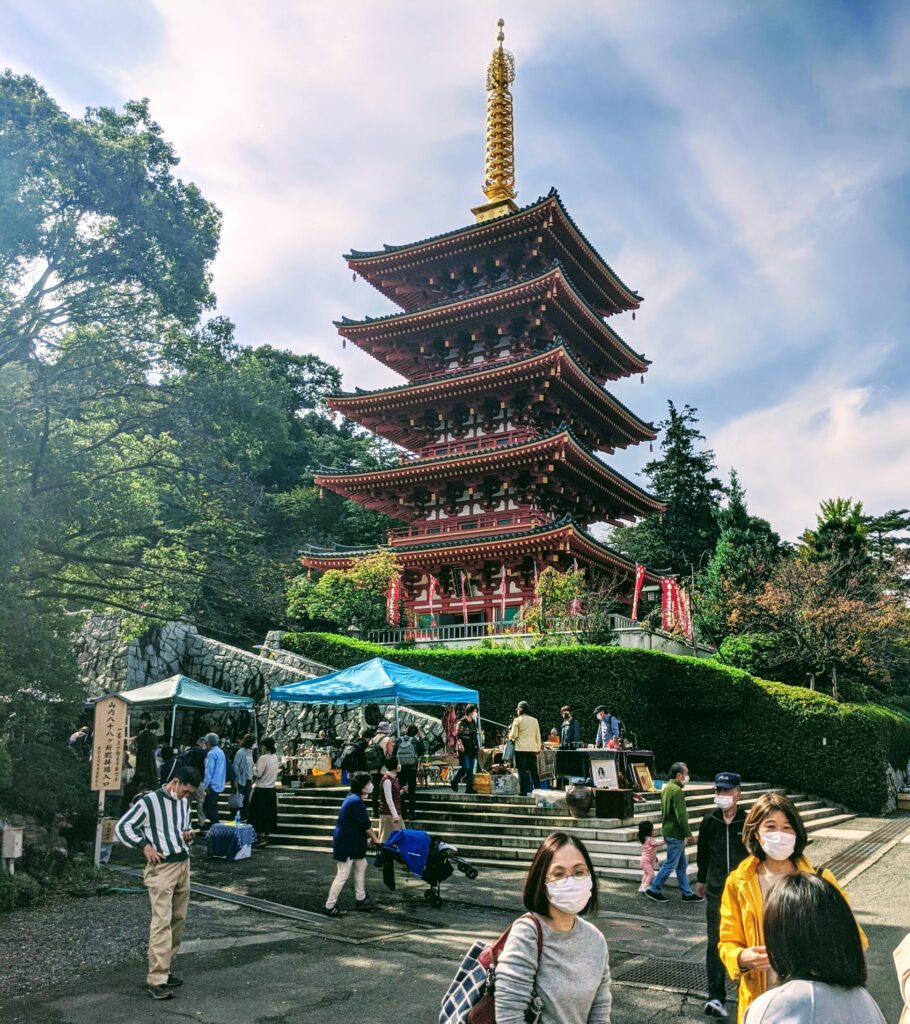
- Izakaya: They aren’t bars and they aren’t restaurants. An izakaya was built for happy hour in mind and is sort of like a Japanese tapas restaurant with half-priced drinks. They are a good way to try new foods, though most of them have the standard meat on a stick and bowls of noodles. Since craft cocktails really aren’t a thing outside of Tokyo (we have found) then you get your choice of beer, Suntory whiskey and a mix, or sake by the bottle. You will see the Japanese flood izakayas after work every night and then get completely drunk before they leave. They will likely pass out on the train and stumble home only to rinse and repeat the following night. We have been told that seeing a drunk salaryman sleeping on the street is not unusual and also not frowned upon. He’s just getting his rest after a night out.
- Dining Experience: There are call buttons at every table for you to call the waitstaff when you need them. No one comes to ask for your order before you are ready or to give you the check before you are done. Their time isn’t wasted (especially when you can’t understand each other); your time isn’t wasted. Push the button when you need something! Many spots have vending-machine ordering as well so there’s almost no interaction with people (a plus for COVID). Push the button with the photo of what you want, pay, and be seated. Someone will bring it to you or even send it down on a conveyor belt.
- Cheap wine and liquor: Notice that beer is not listed. Since hops are not grown in Japan, they must be imported for the brewing process and that is extremely expensive. That has really held back the craft beer scene in Japan so we pretty much stick to sake, local Asahi beer, and wine. Since there is no alcohol tax, prices are not inflated like the U.S. and you can generally get wine and liquor at stores ~25% cheaper here in Japan. A 6 pack of beer in comparison is between $8-$12 for something cheap like Asahi.
- Sake breweries: If there is one thing that the U.S. is sleeping on it is a sake revolution. This by far has been one of our most enjoyable perks of living in Japan. So far, we have been to two sake breweries and try a new bottle (which are the size of a human arm) weekly. The sake breweries are great because they generally have zen gardens, tasting events, and food on site to spend your whole day there. A huge bottle of sake is ~$12. We still have not figured out the flavor profile charts of sake to know what to order. There are so many options here it is like walking into a wine store with no labels on the bottle to know what blend you are getting. I am sure over multiple experiments we will hone our sake skills.
- Toilets: Two words…game. changer. For years the bidet has been a European butt joke and we Americans roll our eyes at the idea. We have bidets in both of our bathrooms and once you take the plunge you will never go back. Toilet paper shortage during a pandemic…not here! A nice warm toilet seat check, laser precision water that is adjustable by temperature and pressure, double check, and finally a perfectly clean finish every time…triple check. Our toilet raises when you walk into the room, it self-cleans, and some even talk to you or play music and birdsong to get you in the “relaxed mood.” Trains and toilets…Japan takes the day! Equally advanced are the baths. You can draw a hot bath by pressing a button on the wall in your kitchen and determine what temperature to keep to water at, how high the tub should fill, and how long to keep it hot. I’ll never let a bath get cold again!
- Outdoors focus: Japan is a country that is filled with natural beauty and a focus on parks, hiking and the outdoors active lifestyle. Just in our neighborhood alone we have three parks that are used daily. We have access to endless hiking trails only 30 minutes from us and all types of climate and terrain imaginable throughout Japan. The Japanese are very active people and because of that their focus has been on improving the outdoors and using it. They even coined the term “forest bathing” and prescribe it for stress relief. It is very similar to how people are flocking to National Parks in the United States right now because of COVID. It is quiet, away from people and city life, and great scenery if you find the right spot.
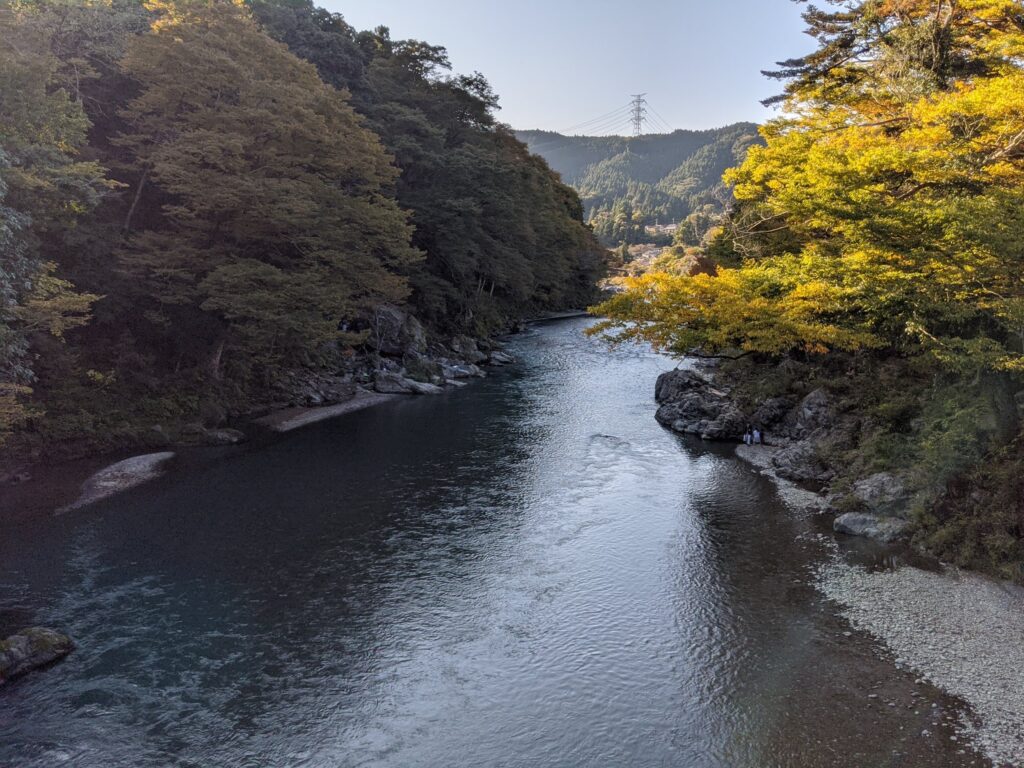
- Day Trips: The ability to get away for a day or a weekend here is great. In 4 months we’ve been to Nagano for apple picking and monkey watching, to Nara to feed the sacred deer, to Osaka’s castle and food district, to Kyoto’s famous Inari temple, to Gunma for skiing, to neighborhood breweries and shrine sales, the list goes on. We are keen to see what kind of Asian travel we can do when COVID subsides – Thailand, Korea, Vietnam, etc.
Dislikes
- Rule followers: The Japanese are the most disciplined society that I have ever seen. A perfect example are crosswalks. If the light is red and there are no cars in a 5-mile radius they will stand at that crosswalk until it turns green. This is great for things like mask wearing during a pandemic, but you feel stuck following their societal rules and standing needlessly at crosswalks often.
- Railroad crossings: The driving rule is that everyone must stop at railroad crossings and look both ways to ensure that a train is not coming. 99% of the time, shrubs and bushes block your view completely until you make it onto the tracks to make sure the train is not coming. At that point it would be too late; however, this is a “just in case” rule to make sure the railroad arms did not malfunction. So everyone stops to check even though they can’t see and it backs up traffic.
- Cash, cash cash: Japan is stuck in 1985 and it is still a cash-based society. Dinner…cash. Drinks…cash. Tickets…cash. You would also think that ATM’s would be easily accessible then…. nope; only in convenience stores and during bank hours in case they break. You must always make sure you have $100 USD on you just in case. They are also coin based just like Europe and before you know it your pockets are filled with $1 and $5 coins.
- Red lights: Japan does not have timed red lights for traffic flow. We were told that they are put in to encourage slow driving and reduce accidents. That very well might be true since I have never driven my car above 50 mph and I have never seen a wreck. This also means that it takes 3-4x as long to get anywhere because there are no highways inside the towns. No wonder there is a television inside every car console….so you can watch it at every red light.
- Lack of English: I cannot fault the Japanese for not knowing English, I fault myself more for not knowing any Japanese. However, the Japanese learn English in school but decide not to use it because they are embarrassed to screw up. Or they just do not flat out know it. We often grunt and point to things as the international monkey language must work sometimes.
- Vertical Japanese menus: Google Translate is good but not great. Where it really fails is when a menu is written vertically, which is common in Japan. Once we see a menu like that, we know we are just picking symbols for dinner and hoping for the best or asking for “chef’s choice”, which tends to work out most of the time for us.
- The Internet: We pay for 1 Gbps and even 2 Gbps is offered, which sounds amazing…and it is only $55 USD. What is not advertised is that this is a shared fiber line with the neighborhood, and they do not guarantee bandwidth to your house. Often, we struggle streaming Netflix and movies because we have to use a VPN to get our content and our American neighbors are probably home at the same time doing the exact same thing. Of the 1 Gbps we pay for we get about 5-10 Mbps download. For your non-tech people that is 5% of the speed of the internet you pay for. Total scam! We broached this with our provider and they said “welcome to Japan”.
- Websites: Like the cash system, the Japanese web development has not evolved. Websites are clunky, often have the wrong information, and does not translate well using simple translation plug-ins. The biggest peeve is the inaccurate information so you cannot rely on anything to be correct. What time does the park close? No idea. What is the address to the restaurant? Not listed. What are the hours? Who knows. We have shown up to a place to find it out of business, with incorrectly listed hours, or not located there anymore because of this. Luckily the annual festivals don’t seem to change much so if the website says there will be a festival at the local shrine On Jan 18th in 2014…it probably will be happening on Jan 18th in 2021, too.
- Paying bills: If you want to pay your electric, water, or gas bill, you receive it in the mail. You then go to a convenience store (like 7-11) and hand the bill to the clerk and pay (in cash only) your bill. Can you do it on the company’s website? Nope. Can you have it charge a credit card? Nope. Can you setup auto pay? Big nope. It is the most inefficient process for homeownership or renters that I have ever seen.
- Garbage days: The garbage truck comes 4 times a week. That sounds great because you never get backed up, right? Oh no; you have five different types of garbage days in a complex system of garbage separation that required extensive YouTube searches, online research, and translating our neighborhood trash guide. How many trash cans do we have in our house? Technically five. Do we really know what we are doing most of the time? No chance. Some plastic in this bin, but not all plastic. Cloth gets packed in twine, “dangerous items” on certain days, combustible vs non combustible in color coded bags, it gets confusing. It also cannot be put out overnight and must be out before 8am. That is fine on a work day but if you are out of town or want to sleep in you have to get up early to make sure the trash is properly taken care of or you could wait up to two weeks for bottles/cans and/or cardboard days.
- Food: Japan is known to be the culinary capital of the world (sorry France). We had the expectation of amazing cuisine, fine dining, cocktail bars and still swimming sushi. This all might be true in Tokyo but so far, we have not seen it. Instead we have found nothing but a million ramen shops, good but not amazing sushi, and this weird beef patty that they call a hamburger steak which is just ground beef not on a bun. They really like curry and put a brown sauce over some fried meat and rice. Everything is an MSG-lover’s funhouse and most food is fried. How the Japanese people are so thin is very confusing to me because it is hard to eat healthy here.
- Kitchen solutions: One of the most confusing things to me is how Japanese homes do not solve basic problems. What I mean by that is instead of instituting a widely accepted technology or mechanical solution they invent ten accessories to help with the problem. An example is a garbage disposal. Or God forbid, a curved pipe. Japanese homes do not have them. Instead you have a complex system of food traps in your sink only to get clogged no matter what before leading to a pipe that goes straight down. So to fix that the Japanese sell smaller food traps to create a tiered system…this also does not work great. The next solution is a netting (like a hair net) that goes around your food trap to catch everything as the last line of defense. This has to be changed almost daily or else your sink backs up. They also do not have microwaves, ovens that can fit more than two pieces of chicken, full sized fridges, dishwashers (though we do and we have to run it at least once per day to keep up with our small amount of dishes), or outlets that are three-pronged for kitchen appliances. The struggle is real in the kitchen which probably why so many people get carry-out meals from 7-11 and create a huge amount of plastic waste daily.
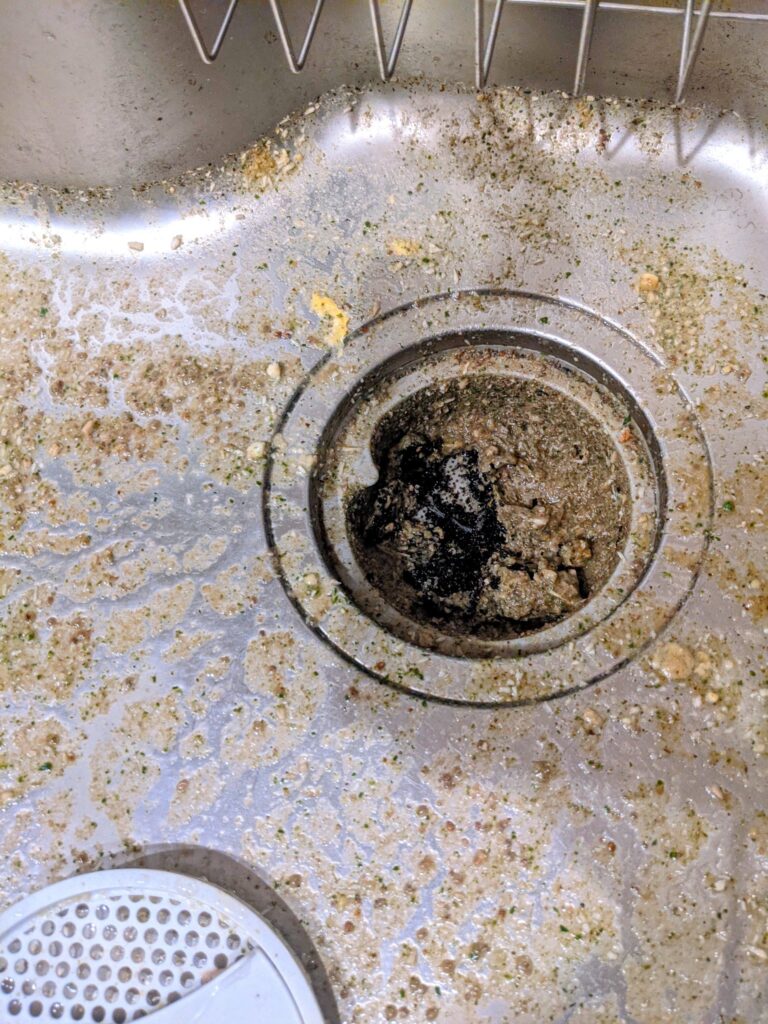
- Ugly streets and yards: We expected zen gardens and topiaries everywhere because most of the media we’d seen from Japan was picturesque. Not so – you have to go to parks for that. The average street has no yards and the views from the windows are rats’ nests of thick tangled powerlines paired with communal gravel parking lots. Clothes and bedding hang from most people’s balconies (which are made specifically for laundry – not for spending time outside).
- Heat: The houses have no insulation. Instead, there’s a heating unit in every room. You turn them on and off as you move about the house, and need to shut doors strategically to keep the heat in. Stand by any window and you’ll feel the draft. Hallways, closets, and bathrooms get icy cold. For really cold days there are portable gas heaters that you shouldn’t leave on overnight – people die from the resulting carbon monoxide poisoning or fires every year. They say to open a window for ventilation which kind of defeats the purpose. There are even volunteer fire brigades that march through the streets shouting and banging sticks to remind people to shut their heaters off! I’ve tried to figure out why there isn’t any insulation with no luck. Lots of theories here though!
- Animal treatment: So far, we have had our fair share of animal experiences (Randi’s life mission statement). We have visited the Hamura Zoo, which is a five-minute walk from our house. We have been to numerous pet shops because Randi was in search of a pet rabbit. We have been to a dog and otter animal café as well. The theme is the same; the Japanese people do not care for animals like Americans. The zoo was filled with pacing animals in small enclosures missing hair because they pull it out. We saw a legit owl inside a small cage inside of a random pet shop while all the lights were on. Note: owls are nocturnal. But you can easily find an owl cafe that allows you to handle them under bright lights during the day. The dog café had old and mentally disabled dogs who ran around in circles and ran into walls because of some brain issue. The otter café, which had by far the best conditions, still had an anxious otter freaking out in its water tank because it was separated from his friend during petting shifts. Sure, you see some dog owners with their shibas going for a walk, or even a strange old man carrying his bunny in his jacket in our neighborhood. Overall though our impression is that animal care is poor and, in most cases, sad.
Much more to see and learn, so it should be interesting to revisit this post in another few months!

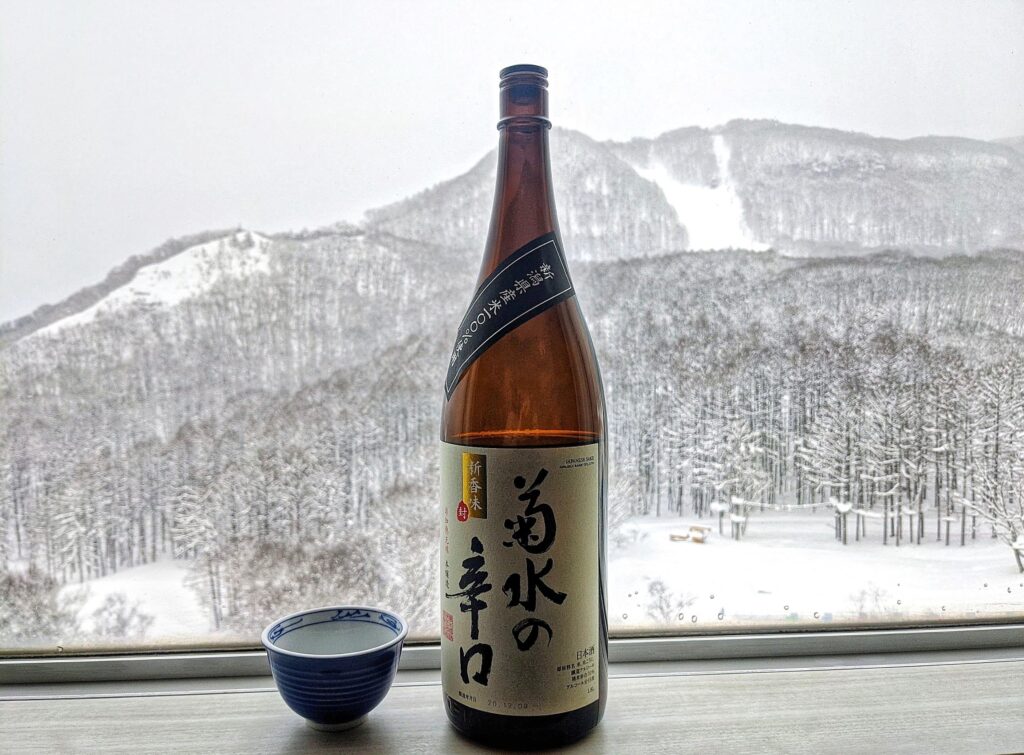
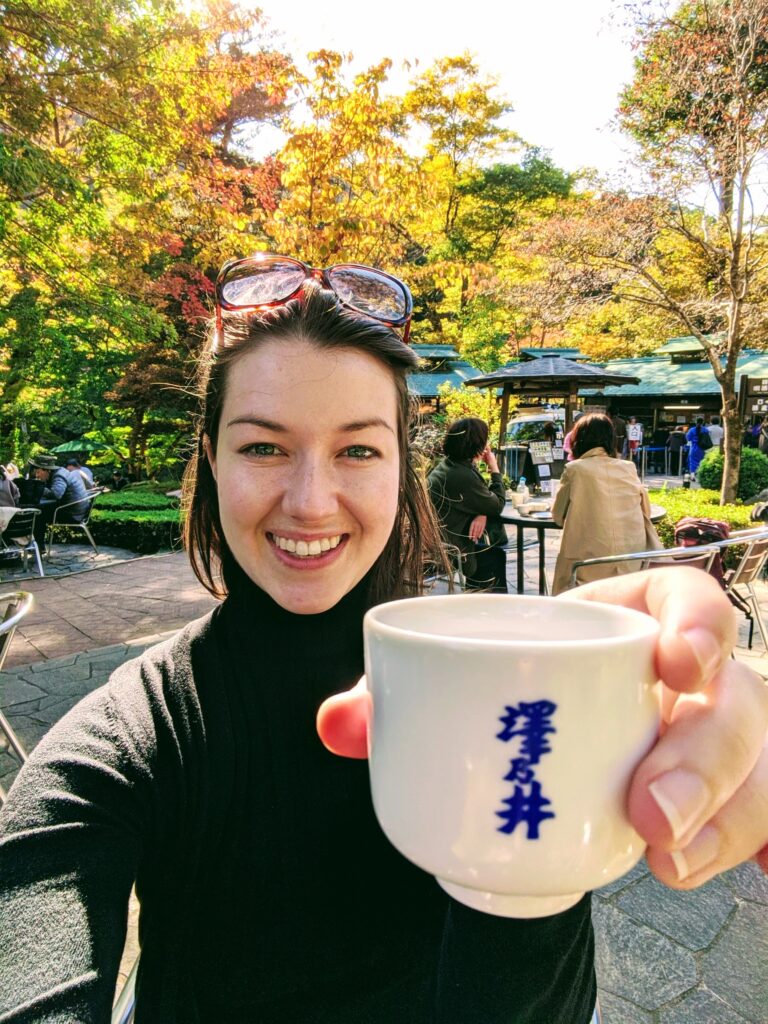
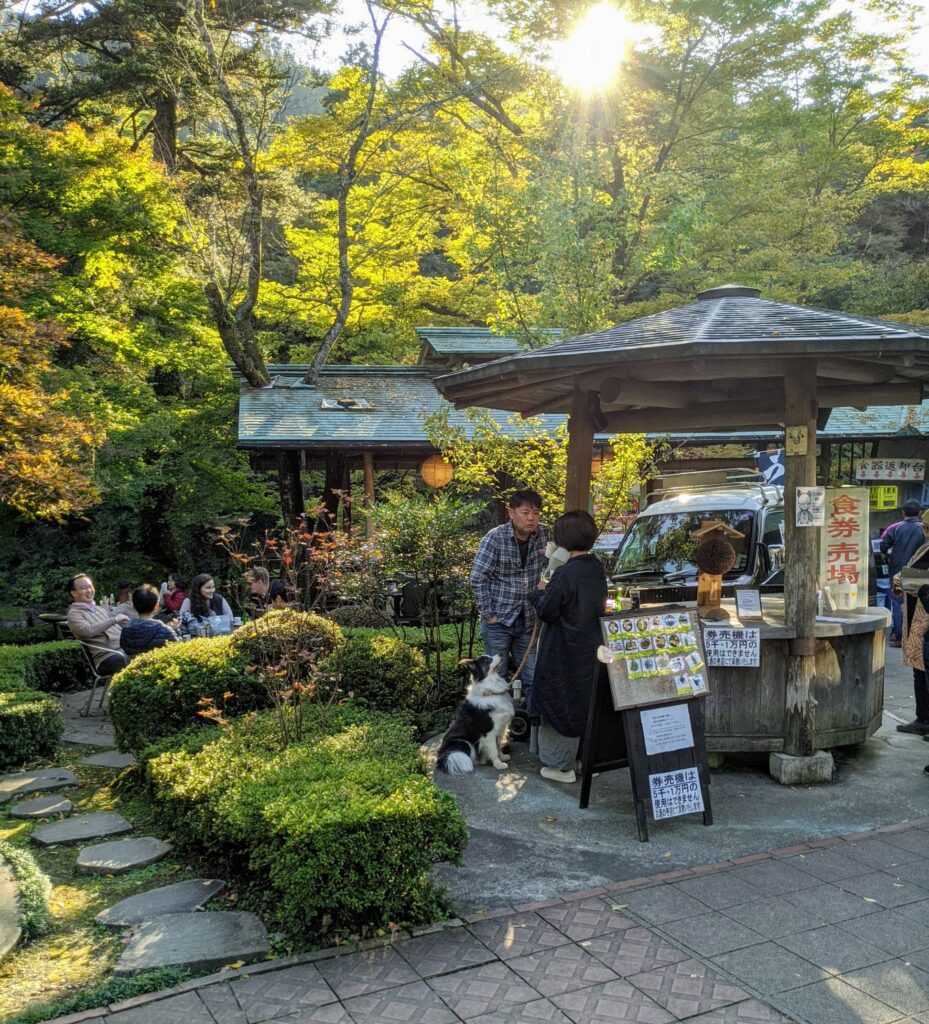
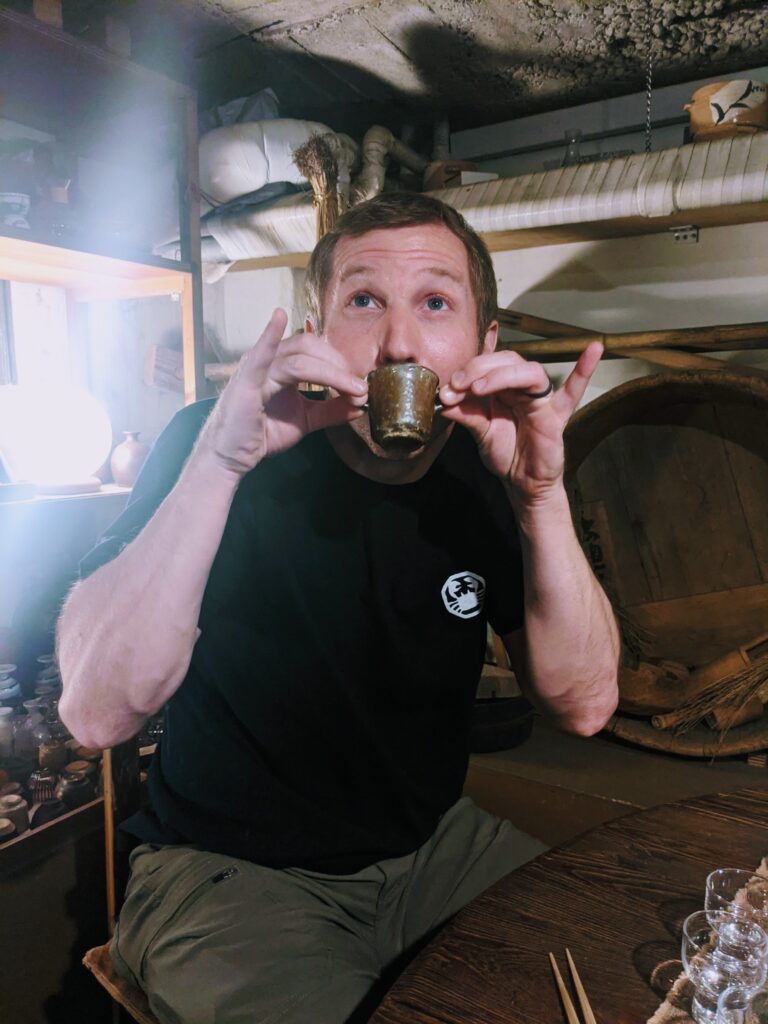
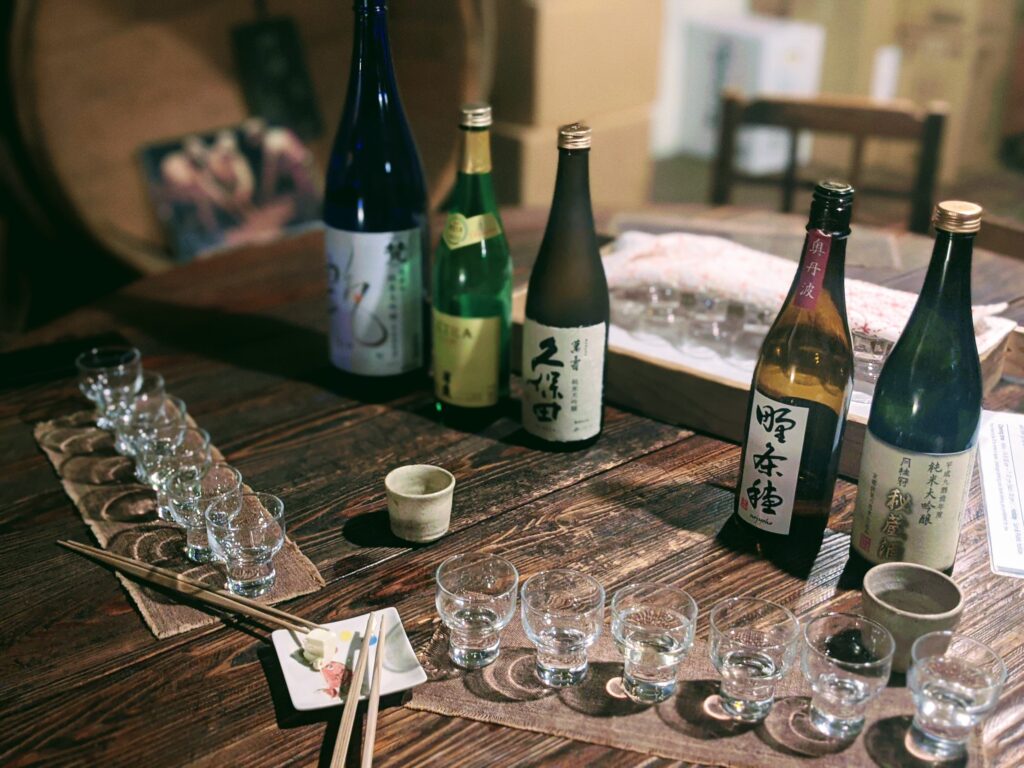

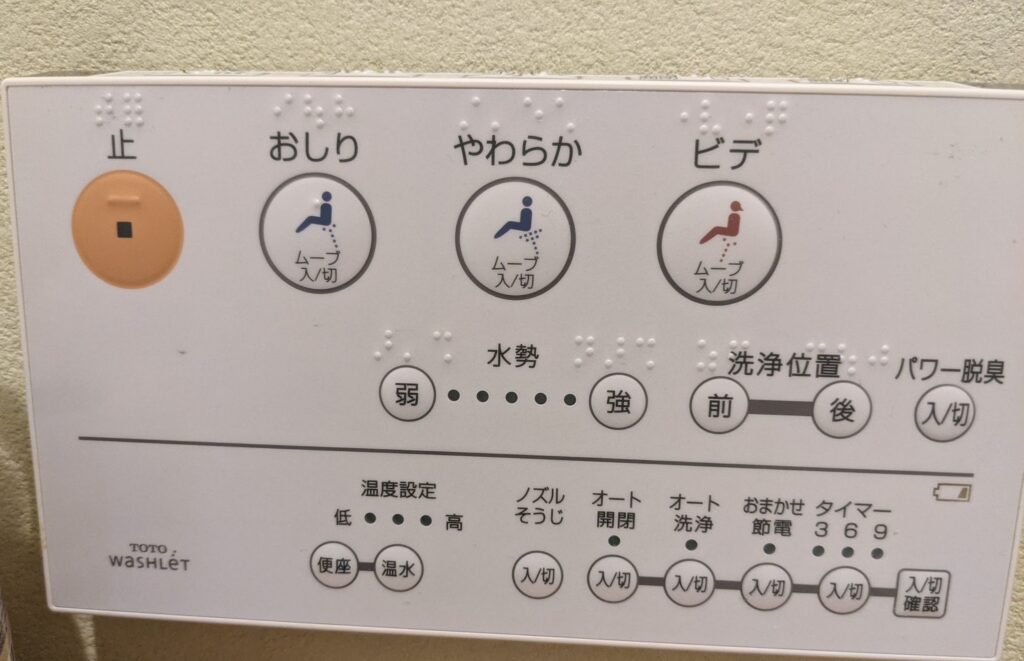
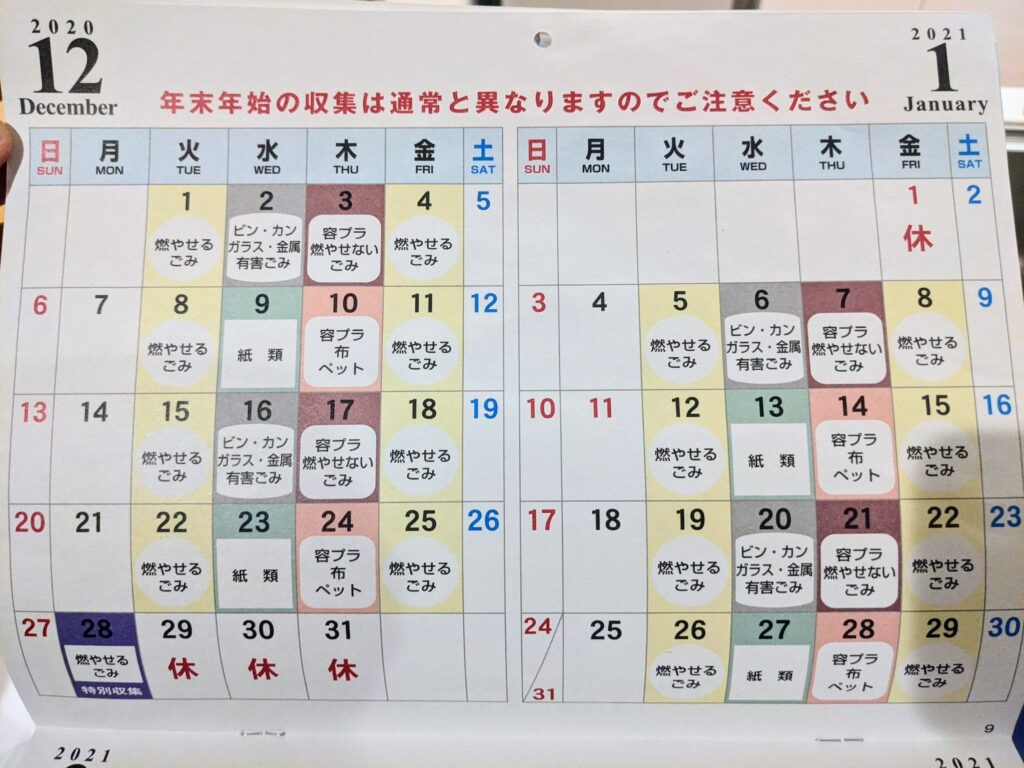
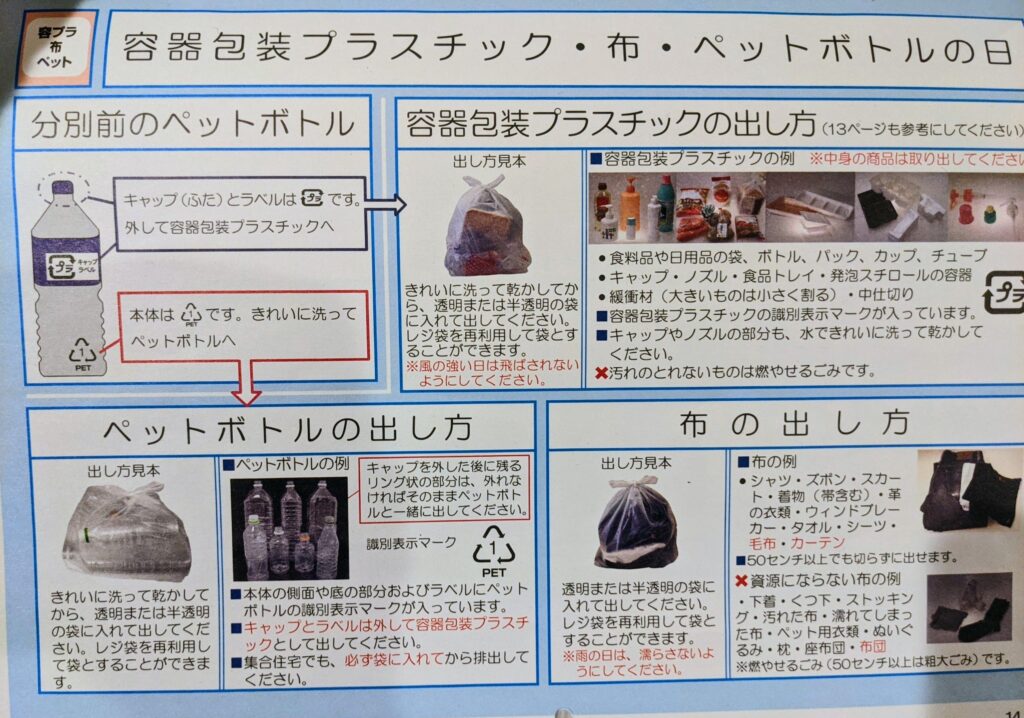
What’s the hogs situation in Japan?
What’s the hogs situation in Japan?